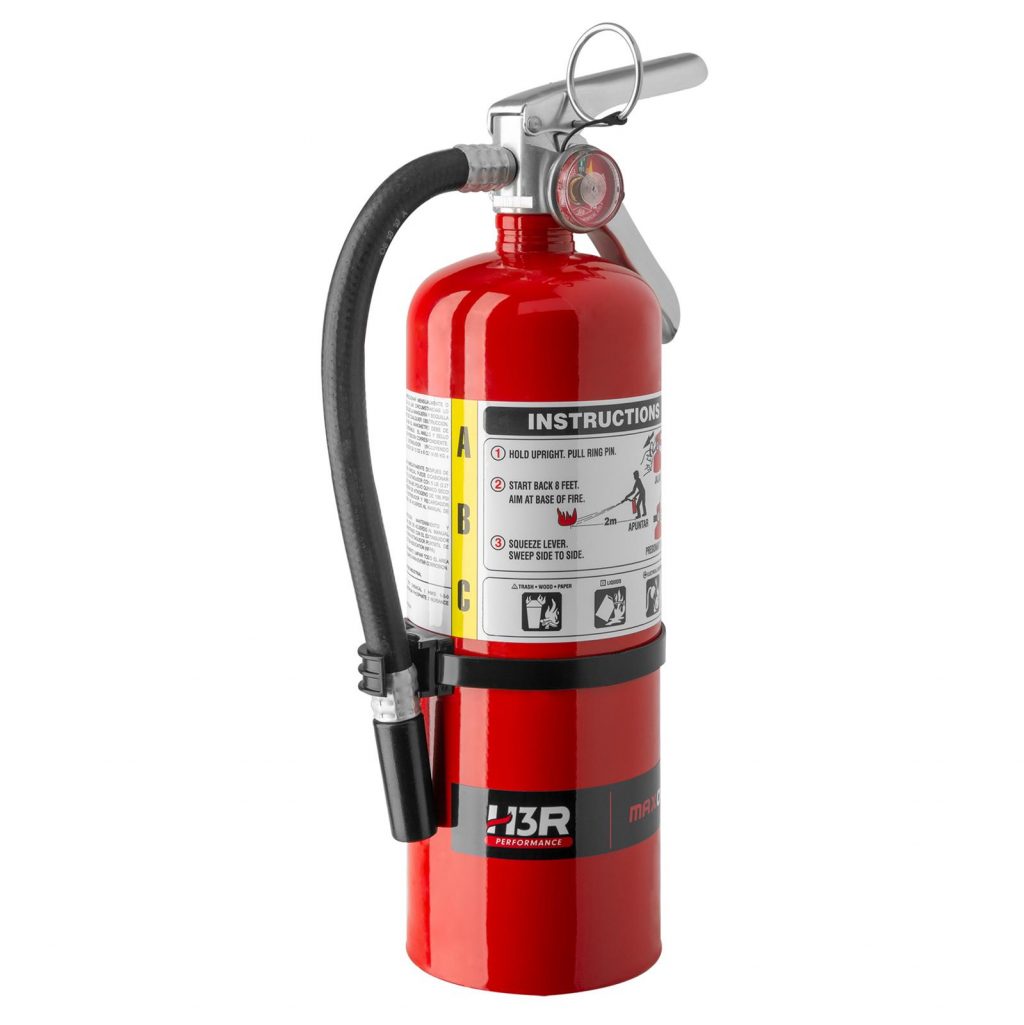The driving season is here — or it will be soon. With that, it’s time to start thinking about airing up tires, charging up batteries, changing oil and coolant, etc. But when all that’s done and it’s time to get out on the road, what should you always have with you?
Modern cars have really changed the game in terms of comfort and convenience. They’re quiet, they’re generally well-sealed, and they don’t tend to have as many issues in general — at least compared to the cars of the 1970s and before. With that comes a new flippancy — how many people do you know that will drive places without shoes, or without a coat, or without other things that would clearly be needed in the event of a breakdown? These days, we just call for help. In fact, most modern cars will do that for us. You don’t even need to walk to the nearest available phone, let alone the gas station two miles back. We’ve all gone soft!
That’s a disconnect that will prove to be an issue in the future, especially when dealing with older cars that have lived long lives prior to their current owners’ care. Old cars break, and that means you as a driver will need a few things onboard your old car that you may not be accustomed to having in your modern car. Examples include a basic tool kit (metric or standard, depending on your car), a portable jump box (they’re so small that you have no excuse), some way to charge your cell phone from your old car (cigarette lighter port adapter), and a pair of gloves to aid with changing a flat if required. I think most old car people already do all this, or at least versions of it. It just makes sense — especially for those of us who have been through car issues before.

But above all of this — and something that I’ve become much more careful about myself — is being sure I have a good fire extinguisher on board as well.
Old cars may be simple, but they’re also flammable, and once a fuel or wiring fire takes hold, you’ve got a short window of time to get that fire out before it takes over and renders the car a complete loss. This is more common than most people realize, and it’s sad to see it happen, especially when a simple extinguisher can mean the difference between minor smoke or paint damage and a total loss. Wiring can burn when shorted. Automatic transmission fluid is flammable. Modern fuels deteriorate old rubber lines and cause leaks. None of this is in your favor when a fire kicks off.
After plumbing my own fuel systems — both for carburetors and high-pressure EFI systems — and installing my own wiring kits, I’ve just gotten into the habit of always having an extinguisher on board. In most cases, if one of my cars burns, it’s probably my fault, so I’ve decided that being prepared is a must. And after looking around, I’m amazed by others who don’t think about the danger of fire-related loss until after they’ve learned the hard way.
Don’t be that person — and help others you know to also be smarter about their old cars, too. Extinguishers are comparatively cheap. Keep them on-hand.
And don’t forget your coat, too.













More Stories
Cars to Watch in Arizona
A Look Inside SEMA 2024
The Future of Muscle